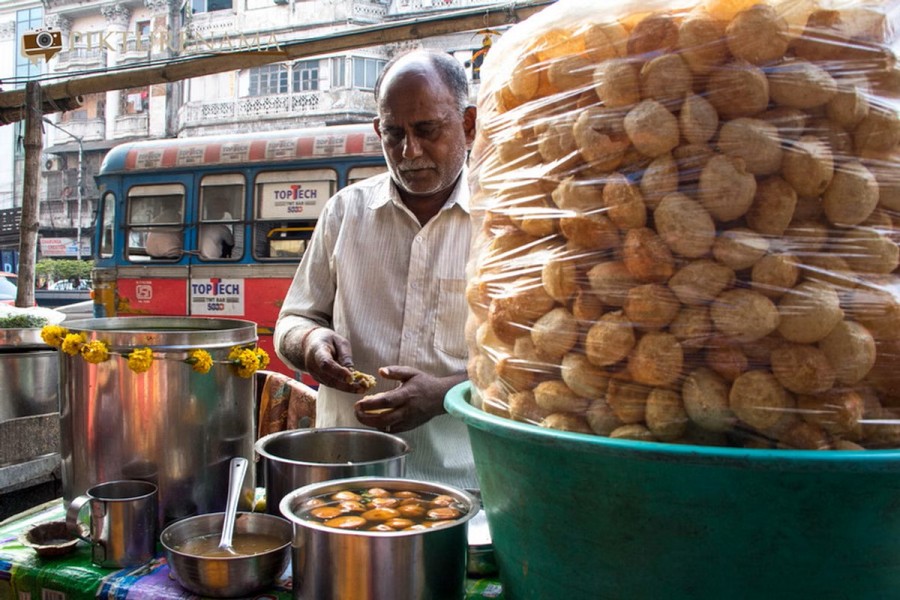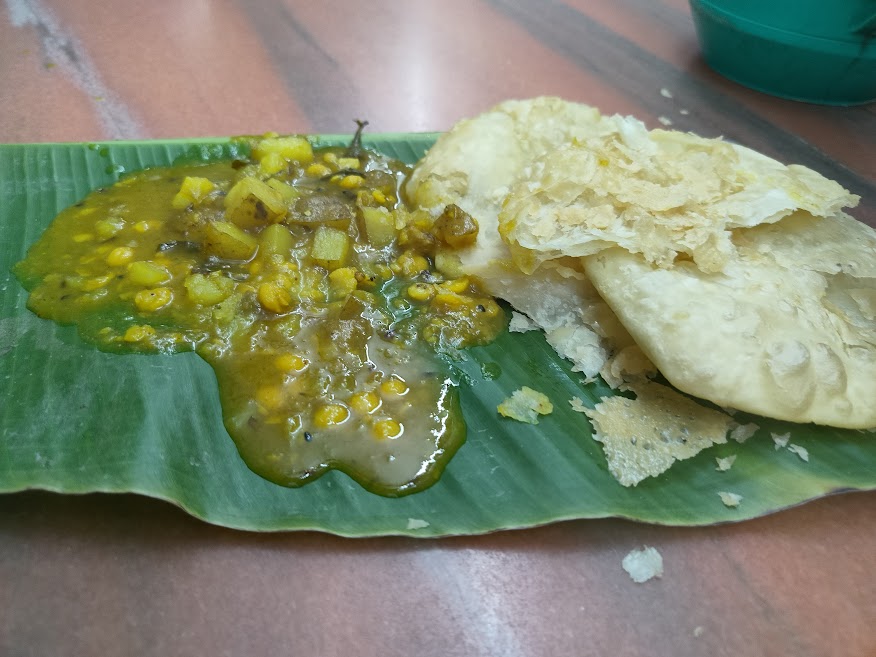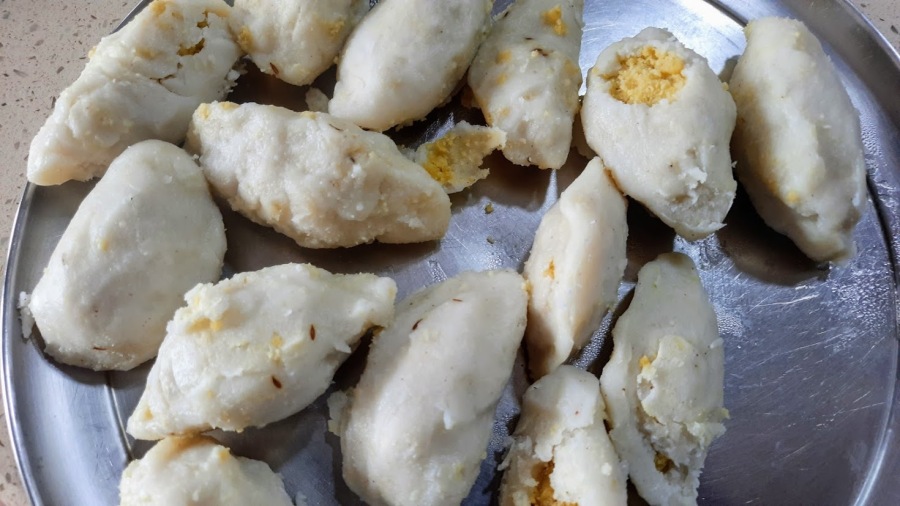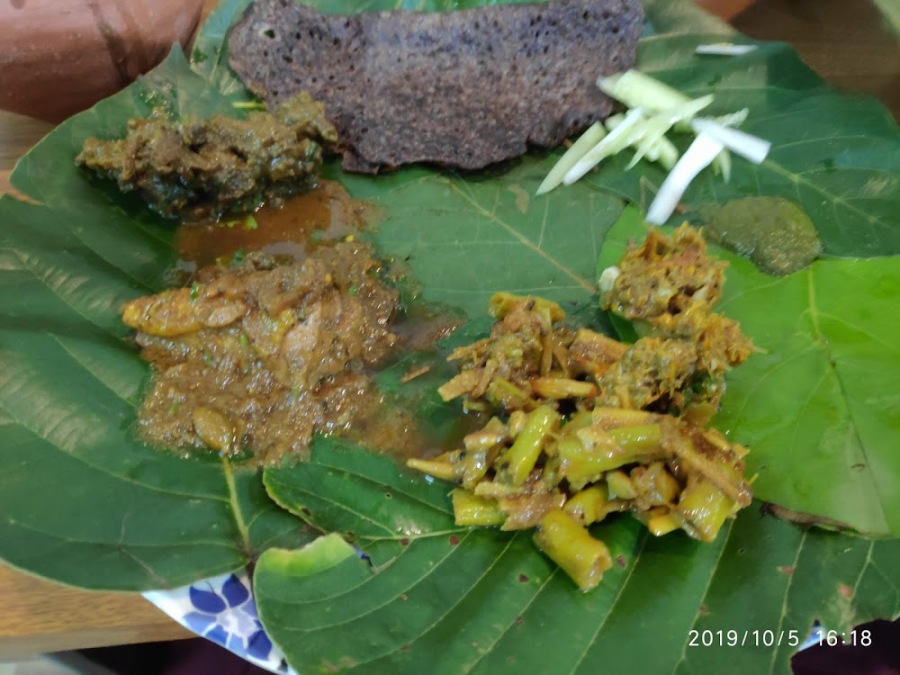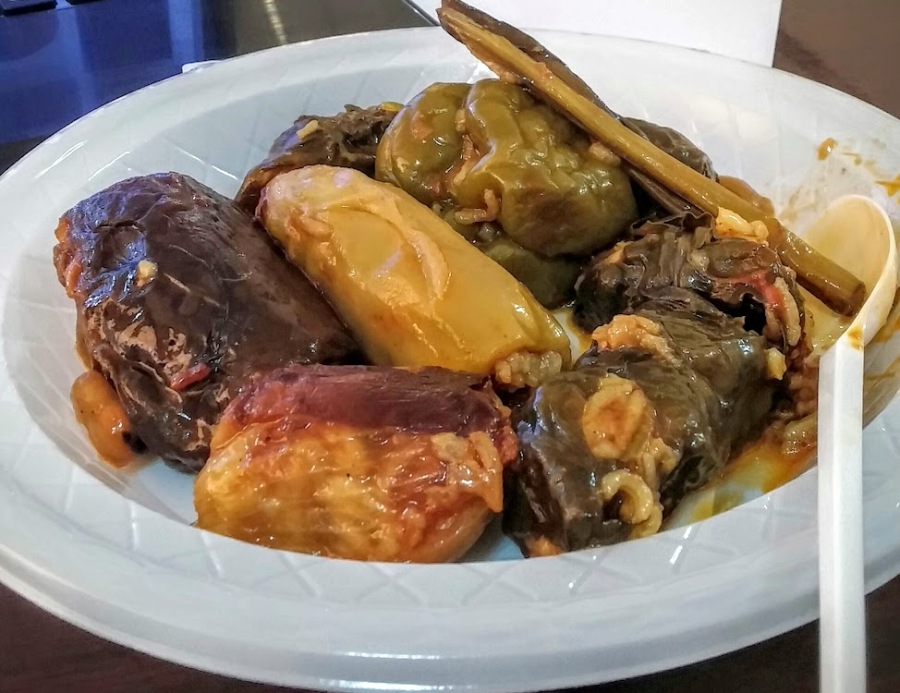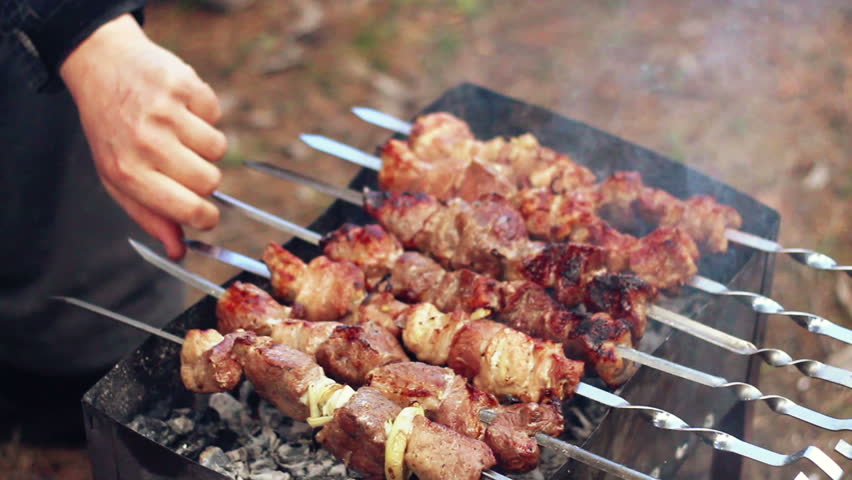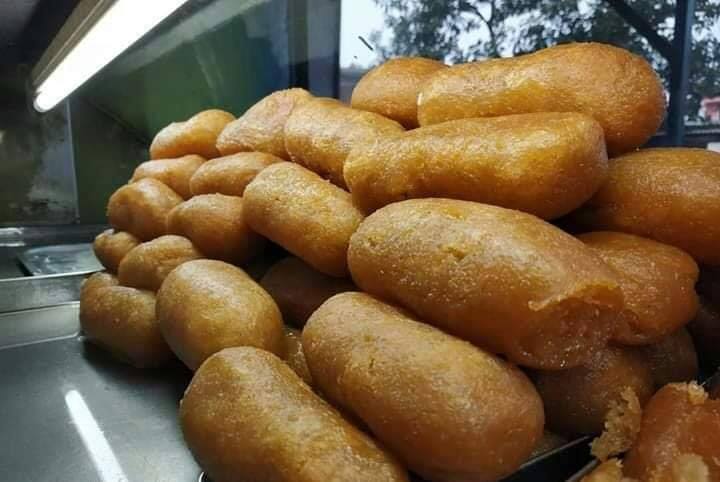Anadi Cabin in Kolkata has been serving its renowned Mughlai Parathas for nearly nine decades. The establishment, founded by Balaram Jana, exudes a timeless charm. Jana's philanthropic spirit led to the establishment of a school near Bengal-Odisha border, fueled by a portion of the shop's earnings. Anadi's Mughlai Parathas are not just a dish; they represent the enduring commitment to quality and tradition, making it a must-visit in Kolkata.


